Single Phase Meter Wiring Diagram:
This diagram shows how to make Single Phase Meter Wiring Diagram. In this circuit, we use a main switch, a single-phase energy meter, a DP MCB ( Double Pole Miniature Circuit Breaker ), four SP MCB ( Single Pole Miniature Circuit Breaker ), a neutral busbar, three lights, etc. First, we input power to the fuse, then from the fuse to the input power energy meter. Then input power to DP MCB from energy meter, then input phase line to all SP MCB from DP MCB. After that input all phase lines to all loads and input neutral to all loads. This circuit is very easy to make. If you want to know more about this circuit please check our youtube video below the post.
Advertisements
Components needed For this Project:
You can get the components from any of the sites below:
- DP MCB 32A [See Buy Click Amazon]
- SP MCB 10A [See Buy Click Amazon]
- Single Phase Energy Meter [See Buy Click Amazon]
- Cutout Fuse [See Buy Click Amazon]
- SPST Switch [See Buy Click Amazon]
- 2 way switch [See Buy Click Amazon]
- CFL Light [See Buy Click Amazon]
- Busbar wire [See Buy Click Amazon]
*Please note: These are affiliate links. I may make a commission if you buy the components through these links. I would appreciate your support in this way!
Advertisements
Components used to make the Single Phase Meter Wiring Diagram:
DP MCB In 2 Pole MCB, switching & protection is affected in phases and the neutral. A Double Pole or DP Switch is a Switch that Controls 2 Circuits at the same time. In terms of Residential Switching, this Normally means it Switches the live and Neutral at the same time. In Layperson Terms, Double Pole switches or DP Switches are Exclusively Designed to Control 2 Different Electrical Circuits at the same time, which allows the Appliances to Isolate safely and reliably. Fan or light Combinations and Medical Equipment are some of the many applications for DP Electrical Switches and Electrical components.
02. SP MCB:
In single-pole MCB, Switching and protection are Affected in only one Phase. Single phase supply to break the phase only. A single Pole breaker is Typically used with 120-volt Circuits, and a 6-20 amps Miniature Circuit Breaker. They are constructed with one Line Wire and one Neutral wire. A Single Pole switch is the most basic General-Purpose switch that you use to Control a light or another device from one location. These Switches have 2 Brass-Colored screw Terminals Connected to the hot Power source wires. Pole refers to the number of Circuits Controlled by the Switch SP Switches Control only one Switch Electrical Circuit.
A Single-Phase Energy Meter is a sort of Watt-Hour meter. It consists of two Electromagnets. Single-Phase Energy Meter is also Popularly known as a watt-hour meter. 1 Magnet is called the shunt magnet Ml which is Mounted with a Pressure coil. The Pressure coil is a long coil Made of fine Copper wire that is connected across the Supply single-phase line. Single-phase energy meters are suitable for measuring single-phase AC current flow frequencies of 50/60 Hz, which are used for fixed indoor installation systems.
04. Fuse:
A fuse cuts off the current when the current exceeds a safe value due to short-circuiting or overloading. When the current becomes large it heats the fuse wire too much. Since the melting point of fuse wire is low it melts and breaks the circuit diagram. Cartridge fuses are low-cost electrical safety devices that are used for the overload protection of electrical circuit diagrams and appliances.
An SPST (Single Pole Single Throw) Switch is a Switch That only Has a Single Input and can Connect Only to one Output. This means it Only Has one Input Terminal and Only 1 Output Terminal. A Switch is a Mechanical or Controlling Device That Changes the Flow of Current Direction or Interrupts the Flow of Current Within a Circuit diagram. An electrical line using Single Pole Single Throws (SPST) is Perfect for on-off switching. When the SPST is closed, the Circuit is Closed and the light from the lamp switches on the system. When The Single Pole Single Throw (SPST) is then opened, the light from the lamp goes out and the Circuit is off.
06. 2-Way Switch:
The 2-Way Switch has a wire connection system. It is a type of switch that has three wire connections. And it really has no off or on. Both sides can be turned on or off depending on how you connect one to the other. The connection of the two-way switch is different. If you use it as a changer, then put the load in the middle one and two separate lines in the upper and lower ones. The two-way switch is a type of multiway switch. Multiway switches have more points and can be controlled in multiple ways simultaneously.
CFL stands for Compact Fluorescent Lamp which is an improved version of tube lights of earlier days. Like tube lights, it is a vacuum glass tube with fluorescent powder coating which is not as long and straight as tube lights but curved/twisted compact, or small in size. Like a tube light, it has electrodes or filaments at both ends. But in this case, instead of a choke, there is an electronic circuit that drives the Compact Fluorescent Lamp. Because the red wave is less in the light of the Tubelight and Compact Fluorescent Lamp, the object looks a little pale or the correct color of the object does not appear.
08. Busbar:
A busbar is a type of Electrical conductor. It is made of copper brass or aluminum. Busbar is most commonly used in factories. We supply the power from the transformer to the busbar. We take the electricity from this busbar to the circuit breaker. The advantage of using a busbar is that through it we can provide multiple power connections in multiple places very easily. How many thick copper bars are aggregates of busbars? A copper bar is rectangular (rectangular) copper type or triangular in shape.
Thank You for visiting the website. Keep visiting for more Updates.
Frequently asked questions
Remember that a single-phase system has two wires. A three-phase system has four. Another way is to check your voltage. If you have a three-phase system, you will see readings of 120 volts between a hot wire and the ground wire.
A single-phase meter also referred to as a credit meter, KWh meter, or check meter are electrical meter designed for use in measuring the power consumption in a single-phase power supply. These meters, however, only deal with the Alternating current (AC power) supply and not the Direct current (DC) power.
A single-phase connection will feature dual black or red project system live wiring and blue neutral wiring. There is a voltage difference of 230V between the power supply wires.
In a single-phase power supply project system, the voltage may reach up to 230 Volts. But on a 3-phase connection, it can carry a voltage of up to 415 Volts. For a smooth flow of electricity on a single-phase connection, the circuit diagram requires 2 separate wires.
A single rate meter connects to a single electricity circuit diagram in your home. Single-rate tariffs have just 1 electricity rate that applies to all of your electricity use.
Read more Single Phase Wiring
What is a kilowatt-hour (kWh) | kwh formula | What does kwh mean
Introduction to Electrical Units and CircuitskW and kWh on your electricity bill As your home uses electricity during...
What is the Difference Between kVA | What does KVA mean | kVA formula
Difference Between KVA ExplainedWhat does KVA Mean? There are technical terms aplenty when it comes to generators, and...
Power Factor | Power Unit | Energy | Electricity Unit
Power factor definition | Calculating Power FactorPower Factor Values In a purely resistive circuit, the power factor...
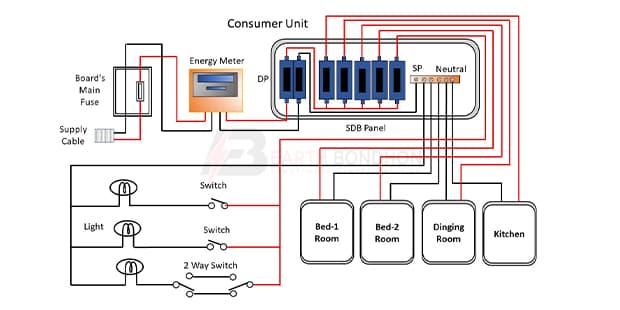

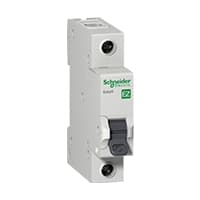

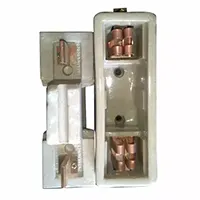
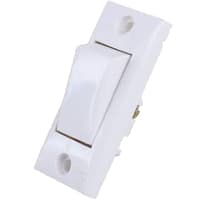
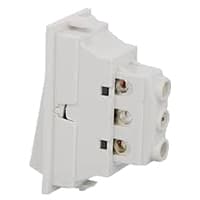
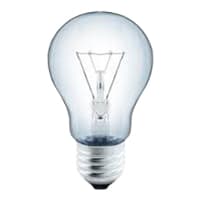
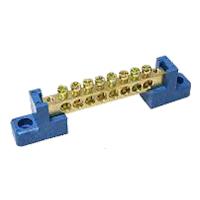
0 Comments